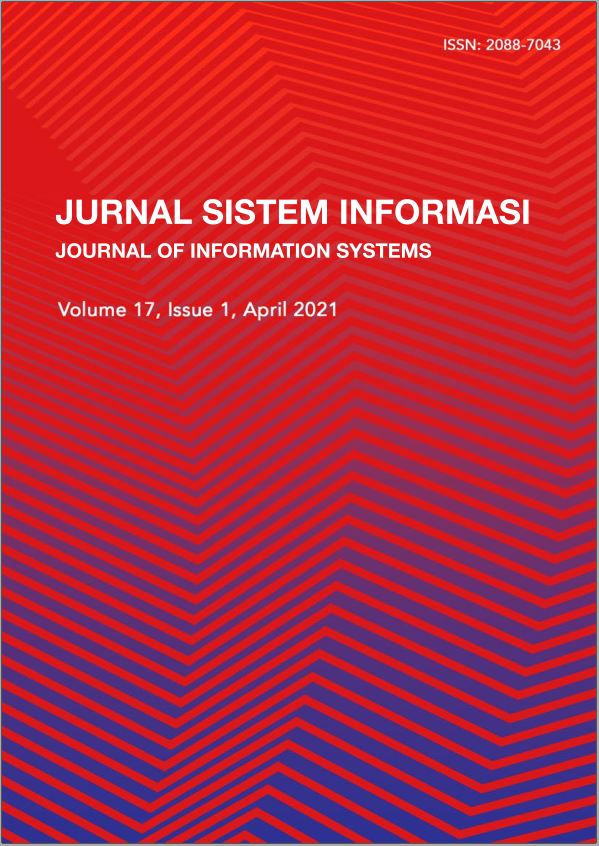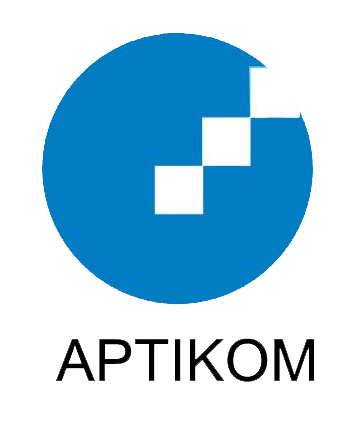Augmented Reality Using Real-Object Tracking Development
Abstract
Augmented reality applications in tourism usually use images as markers, such as brochures or information boards. However, it is still ineffective because users cannot interact directly with real-objects. This study aims to create applications that more interesting and interactive way which can be used by interacting directly with real-object. This research is located in Taman Ayun Temple, one of the tourism objects that are world cultural heritage in Bali. The application is designed with the real-object tracking augmented reality method using the Wikitude Android SDK platform. The application is built in Indonesian and English. The test results show that the percentage of the recognition of 40 objects from various directions is more than 80%, from a distance of 10 to 40 meters is more than 70%, from a good and moderate lighting condition is more than 80%, and recognize similar objects as a different object.
Downloads
References
Azuma, R. T., 1997. A Survey of Augmented Reality. Presence: Teleoperators and, 6(4), p. 355–385.;
Cawood, S. & Fiala, M., 2008. Augmented Reality: A Practical Guide. 1 edition ed. s.l.: Pragmatic Bookshelf.;
Cheng, J. C., Chen, K. & Chen, W., 2017. Comparison Of Marker-Based AR and Markerless AR: A Case Study On Indoor Decoration System. Heraklion, Greece, Proceedings LC3, pp. 1-8.;
Hirzer, M., 2008. Marker Detection for Augmented Reality Application Austria. s.l.:s.n.;
Krevelen, R. V. & Poelman, R., 2010. A Survey of Augmented Reality Technologies, Applications and Limitations. International Journal of Virtual Reality, IX(2), pp. 1-20.;
Lili Somantri, 2016. Keunggulan Bali Sebagai Daerah Tujuan Wisata Andalan Indonesia, Yogyakarta: s.n.;
Vera, S., 2018. Web Framework, University of Technology, Yogyakarta: Course Hero.;
Widiarta, I. N., 2016. Pengelolaan Daya Tarik Wisata Pura Taman Ayun Sebagai Bagian Dari Warisan Budaya Dunia. JUMPA, 2(2), pp. 124-142.;
Wikitude, 2020. Wikitude. [Online] Available at: https://www.wikitude.com/ [Accessed December 2020].;
Zlatanova, D. S., 2002. Augmented Reality Technology. Netherlands: TU Delft Section GIS technology.;
Copyright (c) 2021 Jurnal Sistem Informasi

This work is licensed under a Creative Commons Attribution-ShareAlike 4.0 International License.
Authors who publish with this journal agree to the following terms:
- Authors retain copyright and grant the journal right of first publication with the work simultaneously licensed under a Creative Commons Attribution License that allows others to share the work with an acknowledgement of the work's authorship and initial publication in this journal.
- Authors are able to enter into separate, additional contractual arrangements for the non-exclusive distribution of the journal's published version of the work (e.g., post it to an institutional repository or publish it in a book), with an acknowledgement of its initial publication in this journal.
- Authors are permitted and encouraged to post their work online (e.g., in institutional repositories or on their website) prior to and during the submission process, as it can lead to productive exchanges, as well as earlier and greater citation of published work (See The Effect of Open Access).








